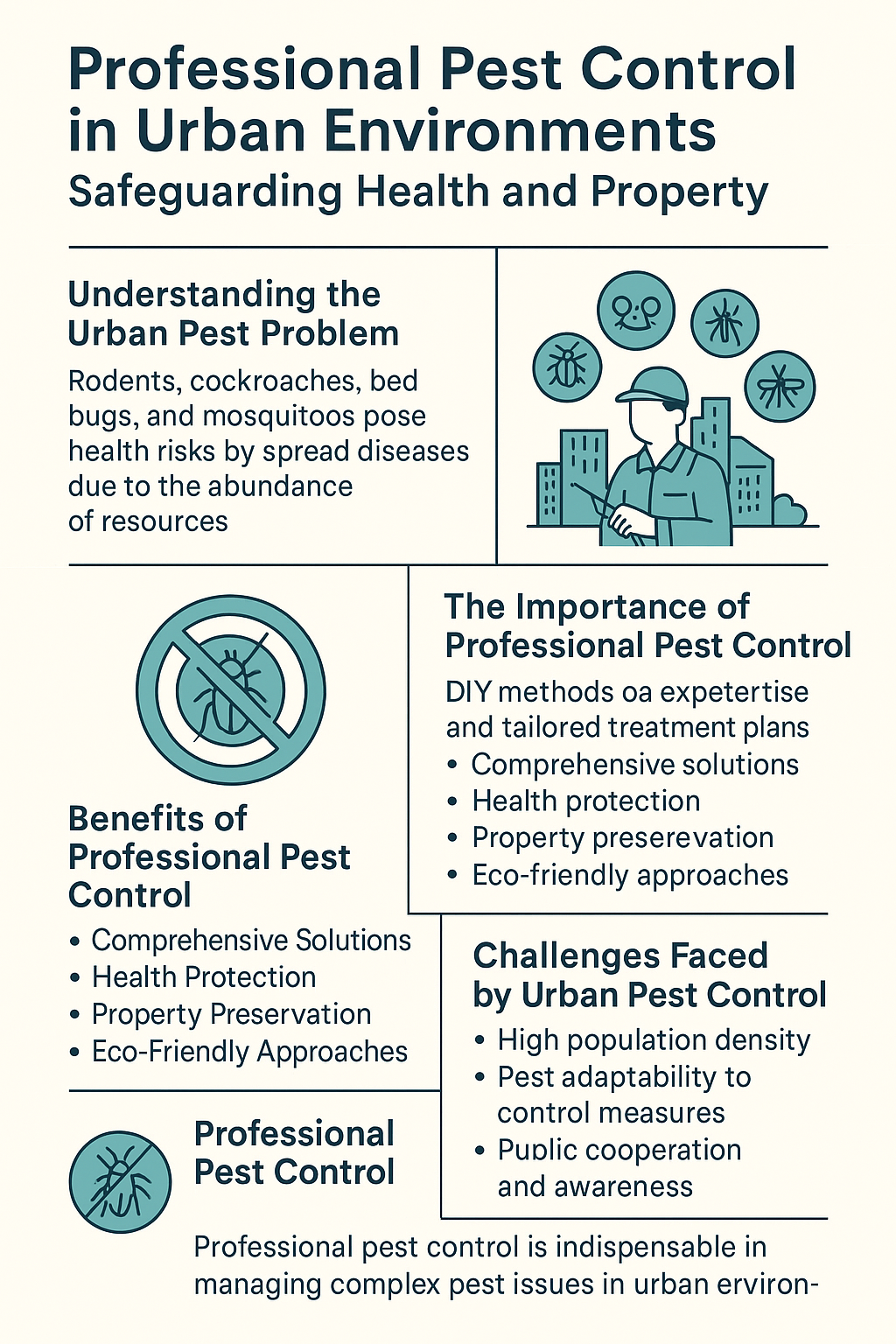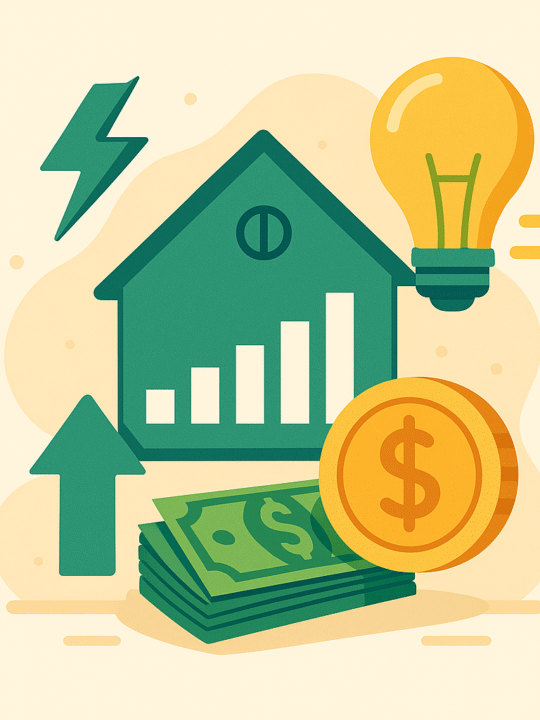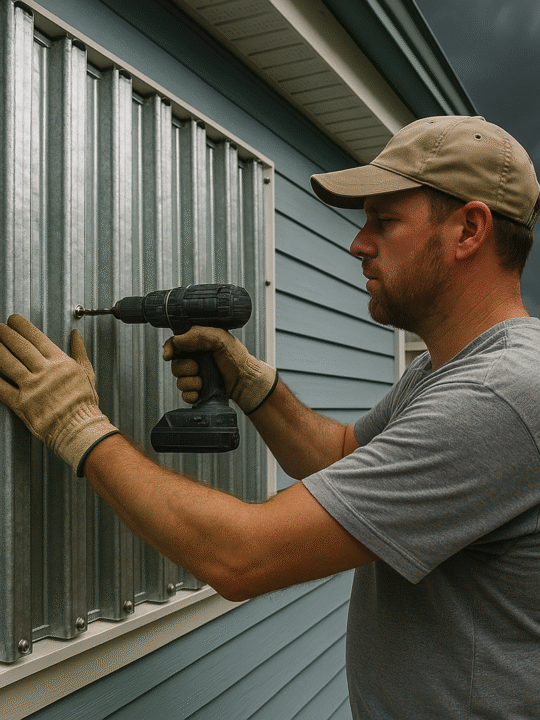Key Takeaways:
- Seasonal flowers can create visual interest and dynamic change in your garden.
- They promote biodiversity, attracting pollinators and other wildlife.
- Incorporating seasonal flowers can enhance outdoor spaces’ aesthetic appeal and enjoyment year-round.
Table of Contents:
- Introduction
- The Dynamic Beauty of Seasonal Flowers
- Enhancing Biodiversity and Ecosystem Health
- Boosting Aesthetic Appeal
- Aligning with Local Climate and Conditions
- Practical Benefits: Low Maintenance and Cost Efficiency
- Creating Emotional Impact and Personal Connection
- Conclusion
Table of Contents
Introduction
Incorporating seasonal flowers into your landscape design is an art form that can significantly alter the aesthetics and ambiance of any outdoor space. With their vibrant hues and varying textures, these flowers provide more than just visual appeal. They play a vital role in supporting local ecosystems, attracting beneficial wildlife, and offering garden enthusiasts an ever-changing canvas. This article explores the transformative potential of seasonal flowers and how they can enhance garden landscapes in multiple ways.
The Dynamic Beauty of Seasonal Flowers
One of the most striking benefits of incorporating seasonal flowers into your garden is their dynamic beauty. Seasonal flowers bloom at different times of the year, creating a continually evolving garden in color and form. By strategically selecting flowers that bloom in spring, summer, autumn, and even winter, gardeners can ensure their landscapes are never static, offering new visual experiences and stimulating interest throughout the year.
For instance, spring might see a burst of color from tulips and daffodils, while summer gardens thrive under the vibrant hues of geraniums and sunflowers. As autumn approaches, chrysanthemums and asters can provide warmth with rich, earthy tones. Even winter landscapes can boast various colors through plants like pansies and winter jasmine. This ever-changing palette enhances the visual appeal and enriches the gardening experience, inviting homeowners to engage more deeply with their outdoor environments. Capitalizing on this variability can lead to stunning year-round displays, particularly in regions like North Texas landscaping, where climatic conditions offer diverse seasonal expressions.
Enhancing Biodiversity and Ecosystem Health
Seasonal flowers are more than just a feast for the eyes—they are a boon for local ecosystems. These flowers attract essential pollinators such as bees, butterflies, and hummingbirds, which are crucial for the fertilization of many plant species. By planting various seasonal flowers, gardeners can create a supportive environment for these pollinators, which helps maintain a healthy ecological balance.
Diverse plantings contribute to increased biodiversity, providing food and habitat for various beneficial insects and wildlife. This biodiversity enriches the local environment and promotes resilience against pests and diseases. With more pollinatory activity and a balanced ecosystem, gardens are less likely to suffer from isolated outbreaks of pests, reducing the need for chemical interventions. This natural form of pest control aligns with eco-friendly gardening practices, prioritizing sustainability and environmental stewardship.
Boosting Aesthetic Appeal
The aesthetic benefits of seasonal flowers are undeniable. Their varied colors, shapes, and sizes allow creative landscaping opportunities that transform ordinary outdoor spaces into stunning natural displays. By thoughtfully placing seasonal flowers, gardeners can highlight landscape features, create focal points, or design intricate patterns that guide the eye through the space.
Incorporating seasonal flowers allows for customization to suit personal tastes and design preferences. Large, bold blooms can make a statement, while delicate blossoms add subtle charm. Color coordination with existing landscape features, such as the facade of a home or the hues of hardscaping elements, can enhance overall curb appeal, making the property more inviting and visually cohesive. This kind of thoughtful design planning increases property value and enhances the gardener’s sense of pride and satisfaction in their work.
Aligning with Local Climate and Conditions
An often-overlooked advantage of seasonal flowers is their alignment with local climatic conditions. Gardeners can lessen the need for ongoing maintenance and intervention by selecting plants that are appropriate for the local environment. Seasonal flowers are naturally adapted to different seasons’ specific temperatures, rainfall, and daylight conditions, meaning they thrive with minimal care.
This adaptation reduces the need for excessive watering, fertilization, or other resource-intensive practices, making the garden more sustainable and easier to maintain. In regions with distinct seasonal changes, such as North Texas, leveraging this natural alignment can lead to healthier, more vigorous plant growth and bloom.
Practical Benefits: Low Maintenance and Cost Efficiency
The practical benefits of seasonal flowers extend beyond aesthetics and ecosystem enhancement. Because these plants are adapted to bloom naturally during their designated seasons, they typically require less maintenance than annuals or non-native species. This lower maintenance translates to less time and money spent on upkeep, allowing gardeners to enjoy their landscapes without being tied up in excessive demands.
By choosing native or well-adapted seasonal flowers, gardeners can reduce their reliance on fertilizers, pesticides, and frequent watering, decreasing ongoing garden expenses. Additionally, by planning and preparing gardens to capitalize on seasonal blooms, homeowners can reduce the need to purchase new plants frequently, creating a more cost-efficient approach to landscaping. With their adaptability and resilience, seasonal flowers offer a budget-friendly way to maintain vibrant outdoor spaces.
Creating Emotional Impact and Personal Connection
Beyond the tangible benefits, seasonal flowers have an emotional impact that deepens the personal connection gardeners feel with their landscapes. The changing seasons, each marked by different blooming flowers, mirror life’s and nature’s cycles. This rhythmic change invites people to pause, reflect, and appreciate the natural beauty that unfolds before them.
The presence of flowers that correspond with memories of seasons past can evoke sentiments and nostalgia, making gardens personal and meaningful spaces. Whether rekindling memories of childhood gardens or serving as a backdrop for creating new family traditions, seasonal flowers bring layers of personal significance to landscapes. This connection enhances the enjoyment and emotional well-being of those who live and interact with these flowering surroundings.
Incorporating seasonal flowers into your landscape design is a practical and aesthetically pleasing strategy that offers numerous benefits. From enhancing visual appeal and supporting local ecosystems to promoting personal connections with nature, these flowers provide a dynamic and enriching addition to any garden. Seasonal flowers create ever-evolving, vibrant landscapes and are harmonious with the local environment, embodying sustainability and beauty. By embracing the flow of the seasons, gardeners can craft outdoor spaces that are not only appealing and eco-friendly but deeply resonant with the rhythms of life.








